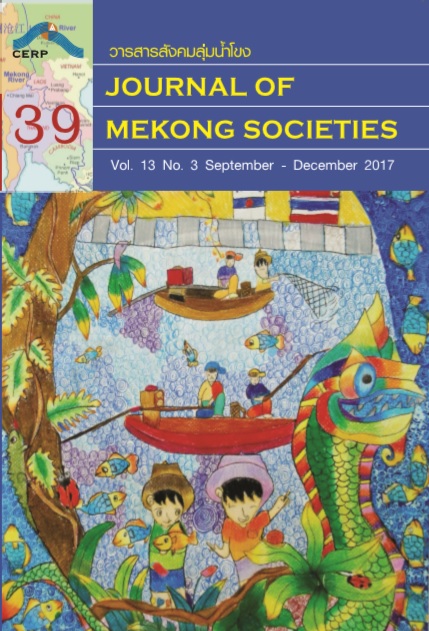That Phanom Stupa: Spiritual Space and Invented Traditions in Present-Day Northeastern Thailand
Main Article Content
Abstract
This article examines the role of Phrathat Phanom in the creation of traditions related to the way of life of people in modern Isan society, using the invention of traditions and creative folklore as conceptual frameworks. The study found that Phrathat Phanom, a prominent and significant stupa in the mid-Mekong basin region, has long influenced the local way of life and culture. However, several new practices regarding Phrathat Phanom have been implemented in recent years: these include Phrathat Sacha worship in Loei province; Phrathat Phanom devotional dance, praying for luck by worshipping the phrathat corresponding to one’s birth date, Naga worship, and worship of Shin Upagutta, a Buddhist saint revered in Thailand, Laos and Myanmar, (all in Nakhon Phanom province); the ceremony of welcoming university freshmen by worshipping Phrathat Phanom (Khon Kaen province), and the ritual of sukhwan (calling the soul of the stupa) across the Mekong River (Nakhon Phanom province). The invention of tradition is a social practice in which traditions or cultural features from the historic past are borrowed and used as tools to create new meaning. They are reinterpreted, extended, and modified to serve society under current circumstances. There are four conditions that influence and transform religious traditions into social traditions: localism, modernism, internationalism, and tourism. This study illustrates the influence of social changes which have dynamically influenced cultural inventions regarding Phrathat Phanom in present-day northeastern Thailand.


